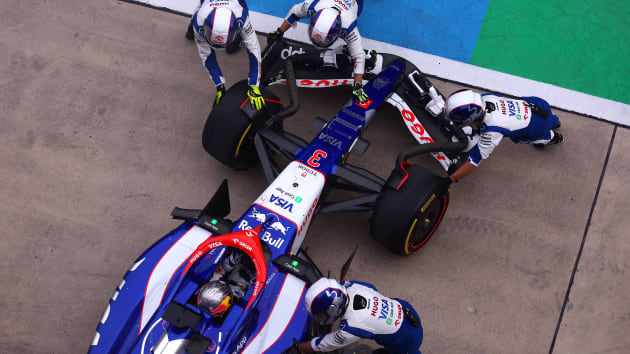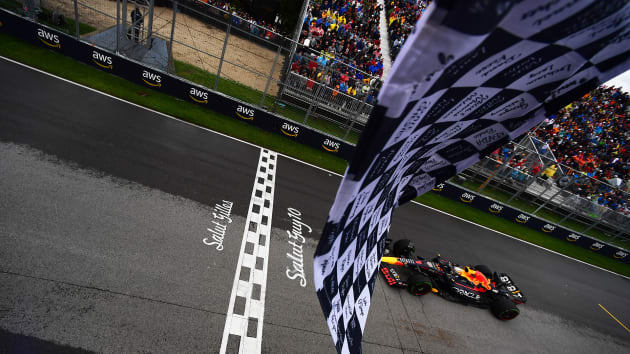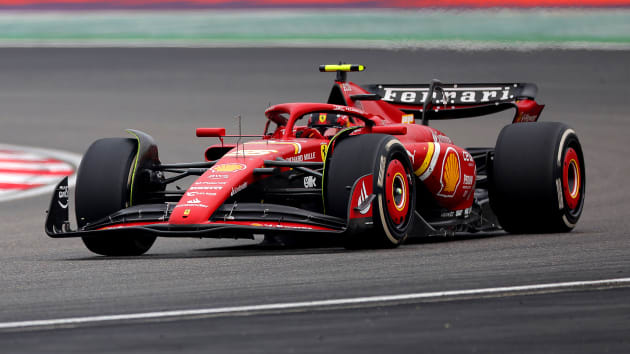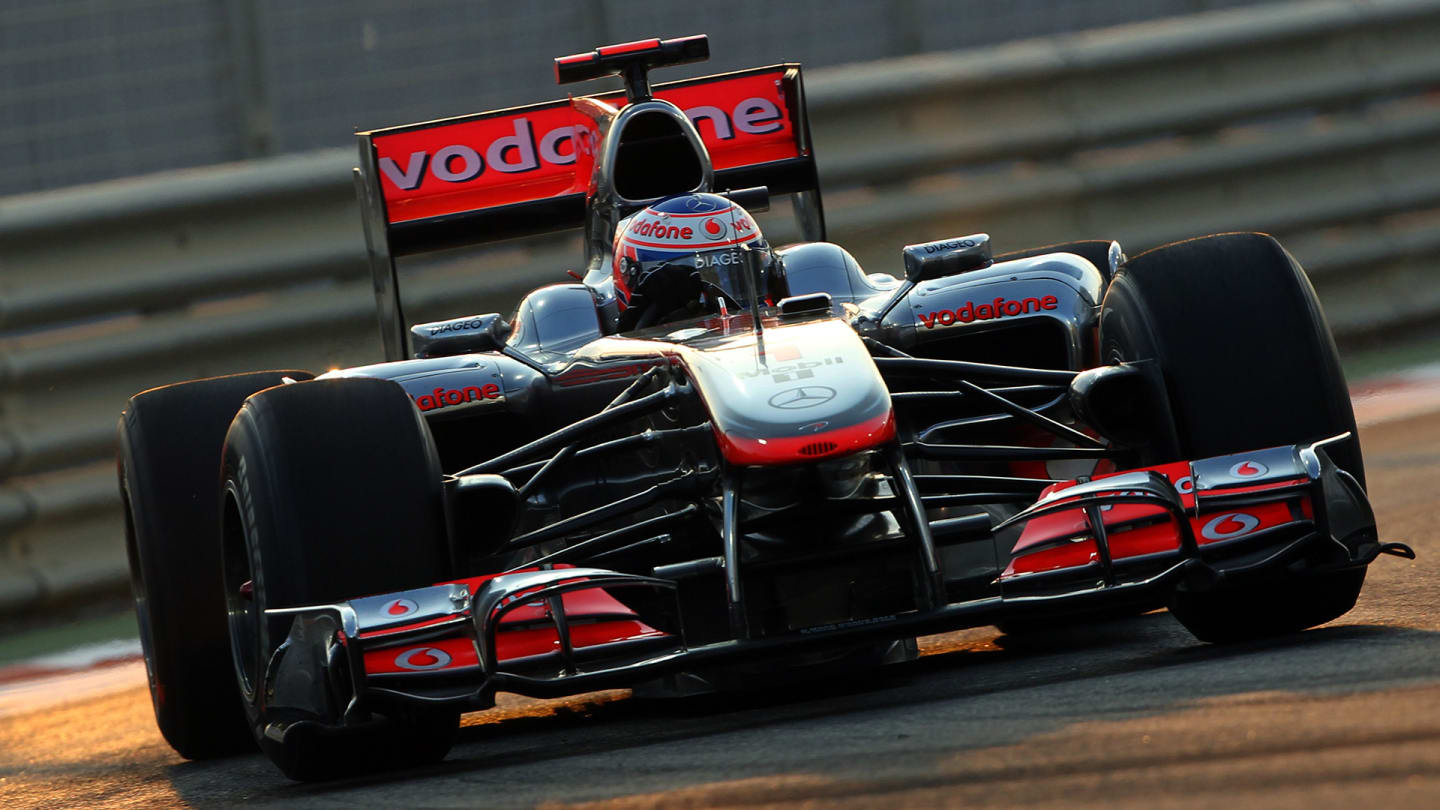
Feature
From DAS to the double diffuser: 5 F1 innovations that caught rival teams napping

Senior Editor
Greg StuartShare

Mercedes were busy blowing people’s minds at 2020 pre-season testing last week in Barcelona, blindsiding their rivals with their innovative new steering wheel system – known as ‘DAS’, or Dual Axis Steering – which was spotted on the new W11 of Lewis Hamilton and Valtteri Bottas.
READ MORE: DAS explained – What we know so far about Mercedes' trick new steering system
The system – which works by the driver pushing and pulling on the steering wheel to change the toe angle of the front wheels – was equal parts ingenious and unexpected, coming as a shock to many, if not all, of Mercedes’ rivals, who will currently be trying to work out whether they need to design and build their own versions of the technology. Inspired by the creative thinking from the Silver Arrows, here are five other examples of innovationative tech from F1 history that had all the other teams srabbling to catch up.
1. Six wheels – Tyrrell P34 (1976)
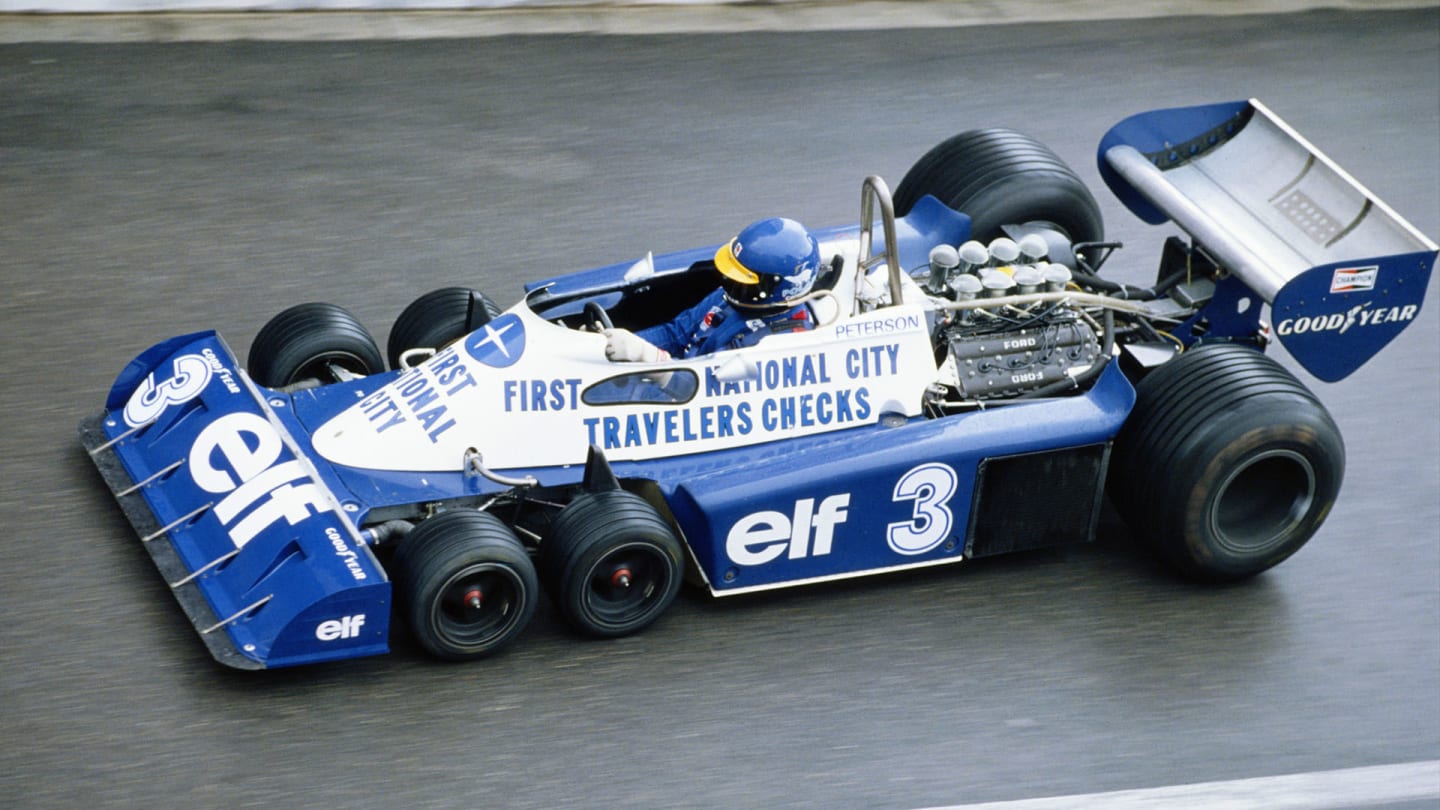
Ronnie Peterson in the P34
The Tyrrell six-wheeler remains one of F1’s most iconic – and most divisive – cars. Those fighting the P34’s corner point to the improved grip and braking from having four separate tyres at the front of the car, as well as the reduced drag of the lower front end with its tiny wheels.
READ MORE: 6 fascinating facts about Tyrrell’s six-wheeler
But those in the anti-P34 camp – and Jody Scheckter, who won the 1976 Swedish Grand Prix in one, was the most vocal of those – pointed to the car only working properly on very smooth surfaces, which weren’t really in large supply back in 1976. “I just didn’t believe in it, I didn’t believe in the theory, and the tests we did with it were wrong,” Scheckter revealed in 2008. “And it broke all the time.”
Despite that, the P34’s figures of one pole, one win and 13 podiums from its 30-race career were decent, leading March, Ferrari and Williams to attempt their own six-wheelers later on, before the concept was outlawed by the regulations.
2. Ground effect – Lotus 78 (1977)
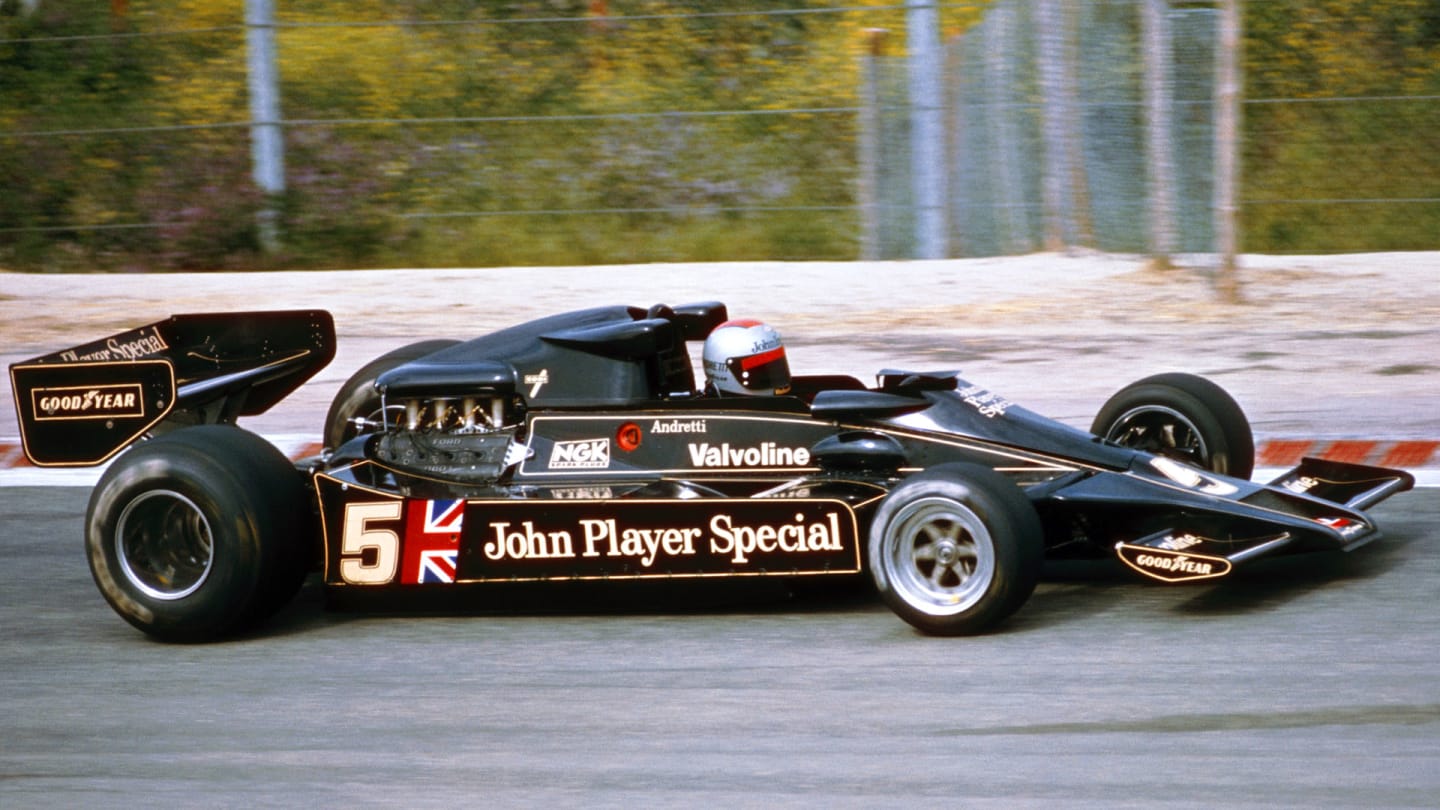
The 78 effectively turned the whole car into a wing
Ground effect wasn’t a new idea when the Lotus 78 made its debut in 1977, with other teams having tried to make the concept of ‘inverted lift’ work for a number of years. But Lotus’ breakthrough was in treating the entire car – rather than just the wings attached to it – like an upturned aeroplane wing, with air sped up underneath the chassis by moulded ‘venturi tunnels’, creating low pressure and ‘sucking’ the car to the ground. You know, just some casual Bernoulli's Principle (look it up) in action…
So excited was Chapman by the eureka moment of getting ground effect to work on the Lotus 78, he kept the car under wraps for half a season, preferring to debut it at the start in 1977 rather than midway through ’76 to stop other teams copying it. The 78 duly ushered in the era of ground effect in F1 which lasted until the end of 1982 (and is coming back in 2021, by the way) and birthed other works of art like the updated Lotus 79, the Gordon Murray-designed Brabham BT46 ‘Fan Car’ and another revolutionary Lotus, the 88 ‘Twin Chassis’ car.
READ MORE: The Lotus 79, F1's ground effect marvel
3. Active suspension – Williams FW14B (1992)
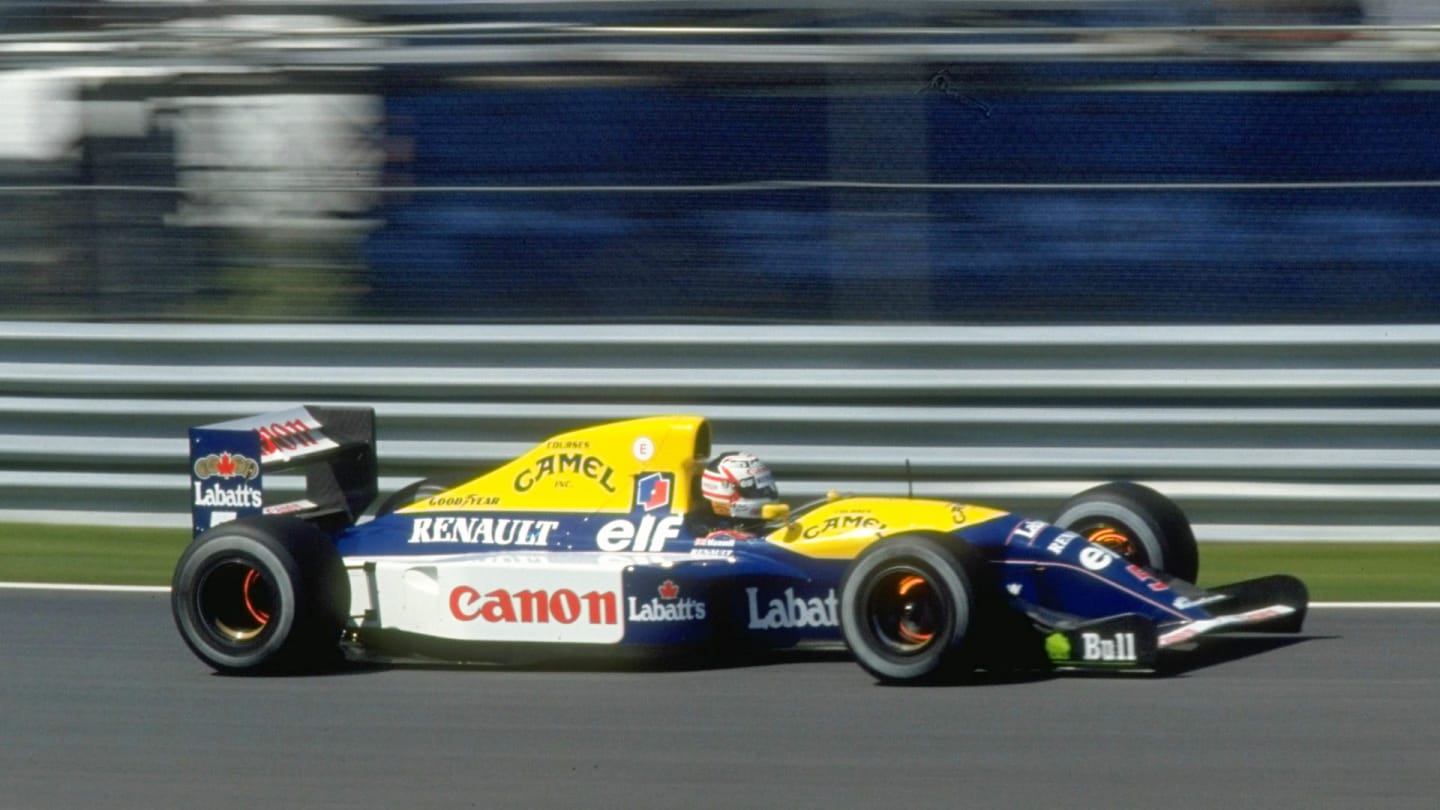
Mansell dominated in the FW14B
Active suspension was actually first used on the Lotus 92 back in 1983, before appearing on various Williams and Lotus cars in the 1980s. But it wasn’t until Williams dusted off the technology for the 1992 FW14B that the system turned into a bona fide, opposition-demoralising gamechanger.
Originally developed for ambulances (true story), active suspension was used in F1 to maintain ride height in a car, optimising its aerodynamic performance in braking, accelerating and cornering situations. But it was the way the FW14B used cutting-edge electronics to adapt itself for corners, both predictively and reactively, that – combined with a traction control system and a button for dropping the rear of the car on the straights to improve top speed – helped Williams win 10 out of 16 races in 1992, as well as both the drivers’ and constructors’ championships that year, while their rivals began hastily developing their own systems for the following season.
4. Double Diffuser – Brawn BGP 001 (2009)
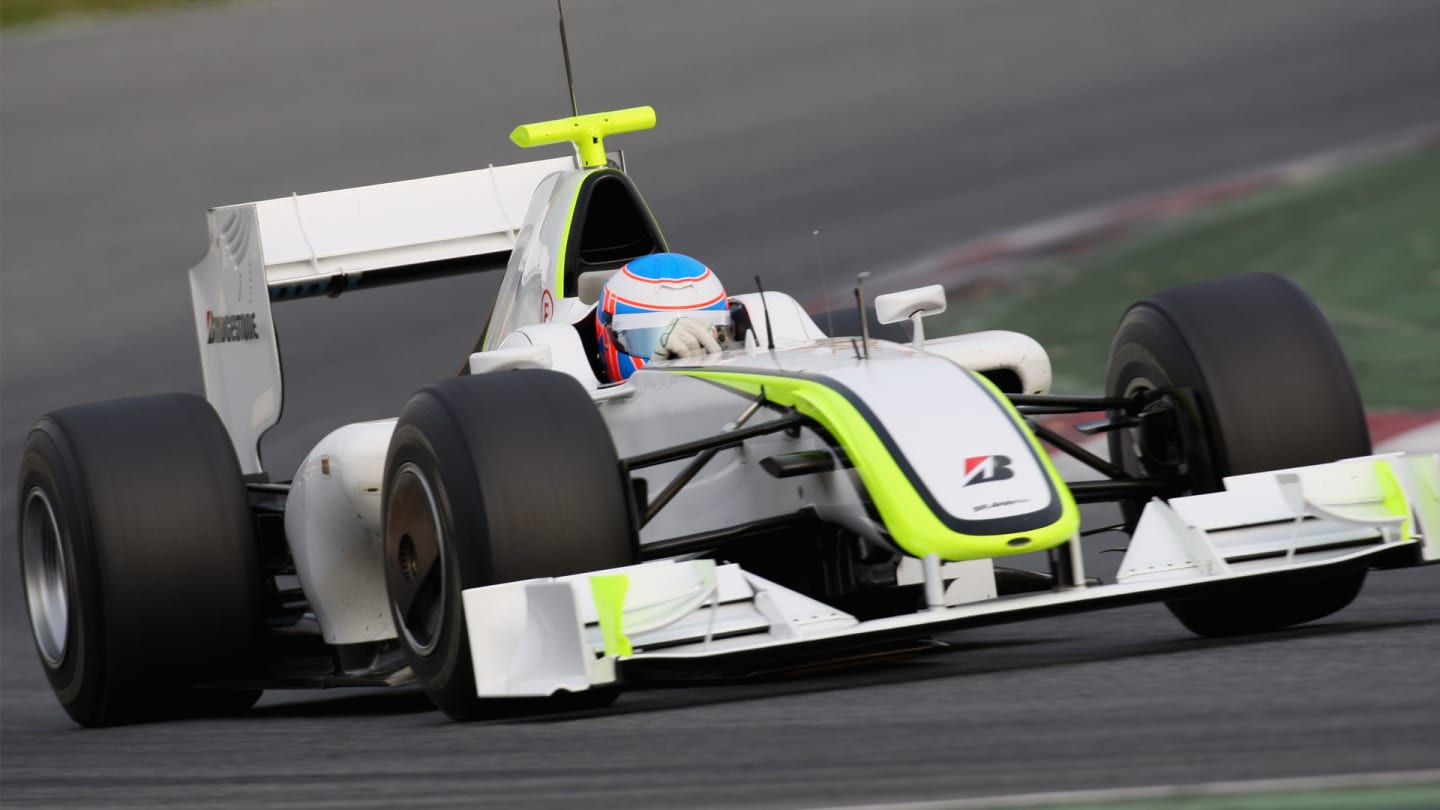
The Brawn was light on sponsors, but heavy on downforce
Three teams actually came up with a ‘double diffuser’ for 2009 – but of Toyota, Williams and Brawn, only the hastily-assembled latter squad managed to get their system working to spirit-crushing levels, leaving their rivals to hurriedly play catch-up for the rest of the season.
READ MORE: Ross Brawn on Brawn GP’s fairy-tale 2009 title success
The FIA had created regulations for 2009 designed to reduce aerodynamic levels significantly and slow the cars down. What they hadn’t counted on was a ginormous loophole in those regulations that allowed teams to conform with the rules for diffusers while simultaneously ignoring them completely, using a hole in the cars’ floors to channel air up a ramp to a second diffuser, which then exited directly onto the lower beam of the rear wing.
That system created vast lumps of downforce, helping Brawn to lap over eight-tenths faster than their rivals at the delayed car’s very first test in Barcelona.
Protests followed from the other teams, who were simultaneously frantically designing their own double diffusers, but it was too late as Brawn claimed both the drivers’ and constructors’ titles in 2009.
F1 Vault: Brawn GP's fairytale start to 2009
5. F-Ducts – McLaren MP4-25 (2010)
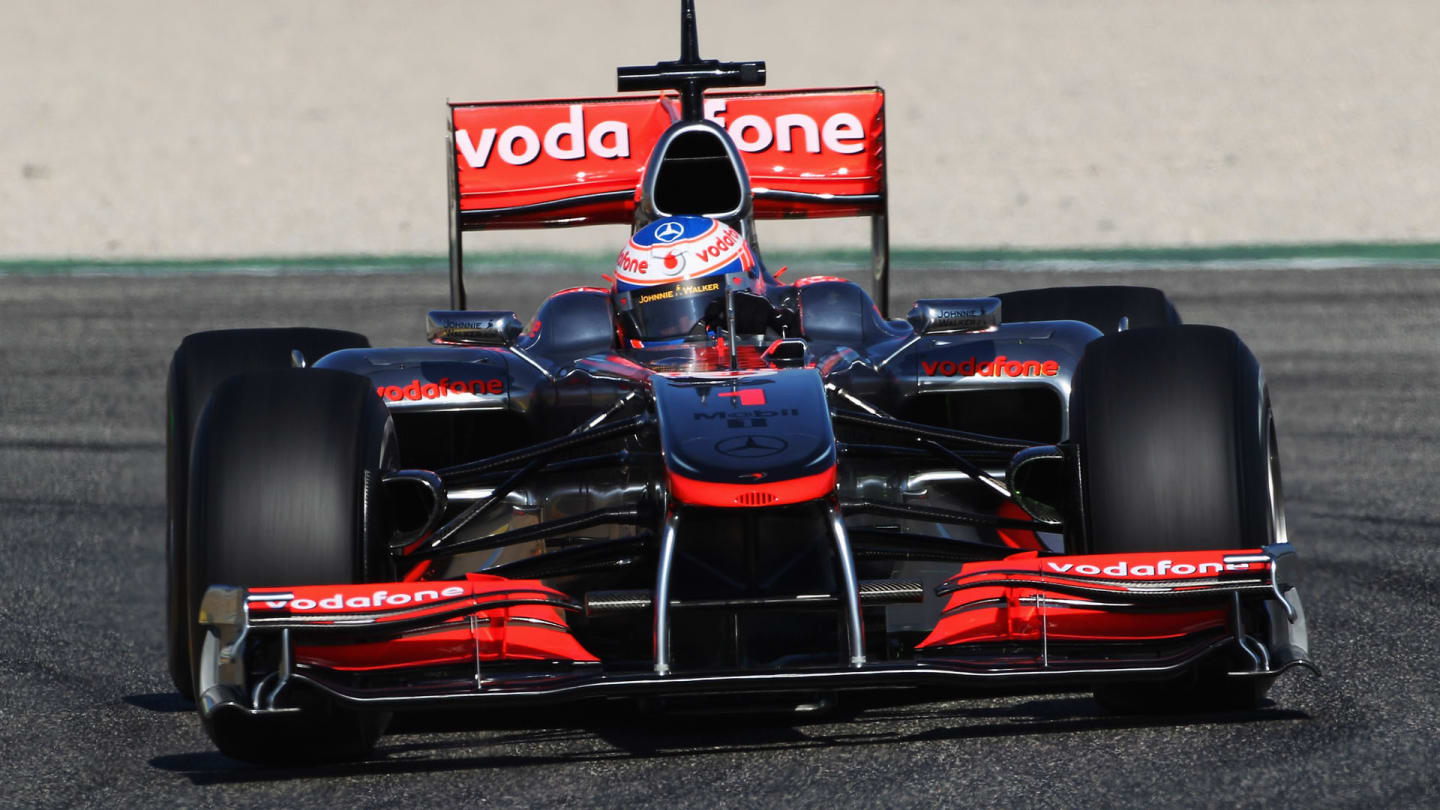
Button in the McLaren MP4-25, whose F-Duct 'snorkel' you can see to the right of the car's aerial in this photo
With the announcement in early 2010 that double diffusers would be banned for the following season, teams were forced to look for other ways to gain an advantage. And while Red Bull developed the ‘blown diffuser’ – using exhaust gases to energise the rear wing – McLaren instead created the RW80, which became known as the F-Duct.
WATCH: Ricciardo says 'hats off' to Mercedes for DAS innovation
Activated by drivers Lewis Hamilton and Jenson Button using their left leg to block a small hole in the cockpit on the straights, the action initiated a pressure change which channelled air down the chassis of the MP4-25 and onto the rear wing. That then stalled the wing, reducing its drag and allowing higher top speeds – all while critically not counting as a ‘movable aerodynamic device’, something strictly banned under that year’s rules.
Soon, everyone wanted a piece of it, and within a few races, some drivers were spotted going around with one hand on their steering wheels while the other activated their teams’ quickly-added duct systems. Understandably, the FIA stopped that pretty smartish, and DRS (Drag Reduction System), which effectively achieved the same thing, was brought in the following season.
Top 10: Cheeky technical innovations
YOU MIGHT ALSO LIKE

News ‘Wasn’t like it was a love tap’ – Frustrated Ricciardo gives verdict after race 'ruined' by crash with Stroll in China
Feature EXPLAINED: Why Ricciardo, Stroll, Sargeant and Magnussen were all penalised in China
NewsF1 Unlocked Have your name on the Canadian Grand Prix Chequered Flag
News Ferrari announce special livery featuring shades of blue for Miami Grand Prix

